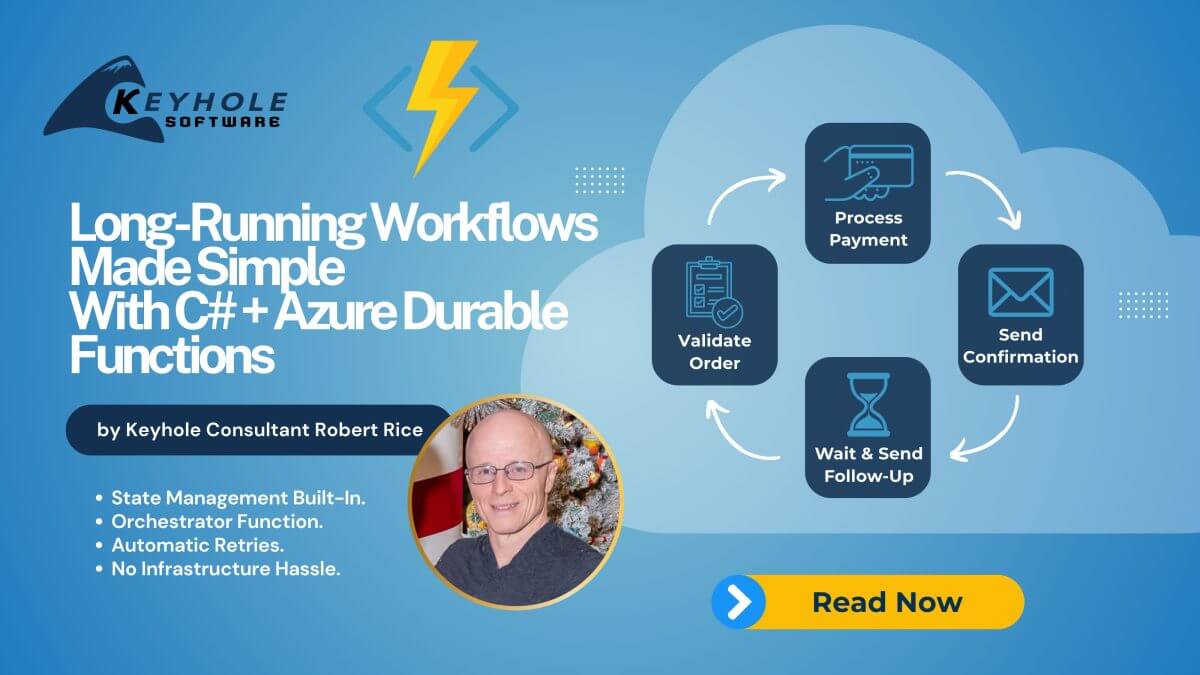Enterprise App Modernization: When is It Time to Rebuild or Refactor?
June 10, 2025
The backbone of your business is often the enterprise applications you’ve relied on for years. But as time passes, you might start to question whether your software is still doing its job. Enterprise app modernization can help keep your systems efficient and ready for what’s next.
In this post, we’ll cover the signs that it’s time to modernize, how to choose between rebuilding and refactoring, and the tools that can help you complete your modernization project successfully.
Signs It’s Time to Modernize
We often see that older enterprise applications start showing signs of strain. Here are a few key things to look out for:
Performance Issues
One of the most common signs it’s time for enterprise app modernization is when your application slows down. If it can’t handle the number of users you have today or if response times are frustrating for your team, it’s a clear sign that updates are needed.
Maintainability Challenges
Another important sign is when even simple updates take too long. If developers are hesitant to touch certain parts of the codebase or if making small changes creates new problems, your system is due for attention.
Integration Problems
Modern businesses need to connect with APIs and cloud services to stay competitive. If your app has trouble working with these tools or can’t be deployed to modern platforms, that’s a red flag.
Developer Turnover
Finally, if developers are losing interest in working on your app because the technology is outdated, it’s a strong sign that it’s time for a change.
Deciding Between a Full Rebuild and a Refactor
Once you’ve decided it’s time to modernize your software, you’ll need to choose how to do it: should you rebuild it from scratch, or improve it piece by piece?
When to Rebuild
A full rebuild is exactly what it sounds like, starting over with a new application built to handle today’s needs. This makes sense when the old architecture is no longer working or if the technology isn’t supported anymore. It can be disruptive and take longer, but it also means you start fresh with a clean foundation.
When to Refactor
A refactor is when you work with the existing system, updating parts of it step by step. This can include isolating key services, swapping out an old user interface, or rewriting important logic in newer languages or frameworks. Refactoring is great when the main structure of your app still works but needs to be updated to handle new demands.
Key Takeaways for Choosing the Right Path
- Rebuild: Best for systems with deep technical issues or outdated frameworks.
- Refactor: Ideal for solid systems that need improvements in specific areas.
- Decision Factors: Complexity, business timeline, and your team’s comfort with change.
Tools We Recommend for Enterprise App Modernization
When it’s time to modernize, we work closely with clients to choose the right tools. The best options depend on your system and your goals, but here’s what we often see working well:
Front-End Modernization
For a modern user experience, we often recommend React, Angular, or Blazor. These frameworks make it easier to create fast, responsive apps.
Back-End Improvements
If you’re using older versions of .NET, moving to .NET Core can improve performance and security. For older Java applications, modern frameworks like Spring Boot or Quarkus can help you update your system while making it easier to scale in the future.
Cloud and Deployment Tools
For businesses moving to the cloud, Docker and Kubernetes make it easier to deploy and scale applications. These tools work well with modern architectures and help you avoid the problems of managing servers directly.
Architecture Choices
If your app is a large, monolithic system, we might recommend breaking it up into microservices or using a modular monolith approach. This can make it easier to manage updates and handle growth.
The Impact of Enterprise App Modernization
Enterprise app modernization isn’t just about technology. It can have a big impact on your business, too. A modernized app often leads to better performance, lower maintenance costs, and the ability to add new features and services. These changes can make your company more competitive and ready for what comes next.
Conclusion and Next Steps
If you’re starting to wonder whether your current systems are holding you back, it might be time for a conversation. At Keyhole Software, we help businesses like yours figure out the best approach to enterprise app modernization and get the most from your software investments. Let us know how we can help with your enterprise app modernization project. Reach out today to get started!
More From Kent Lautenschlager
About Keyhole Software
Expert team of software developer consultants solving complex software challenges for U.S. clients.




